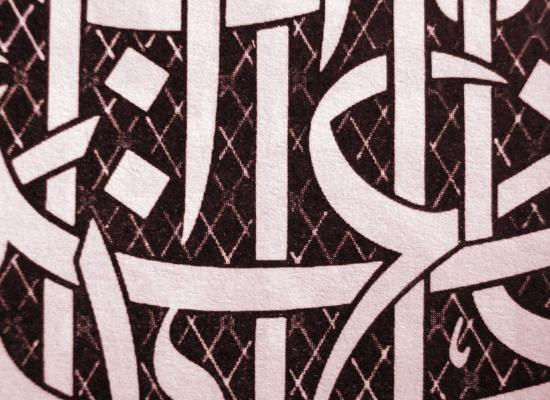This is post #35 in our series on Tafseer of Juz ‘Amma (click the link to see all posts in this series).

In this post, we will insha’Allah do a word-for-word breakdown of each surah, as space permits.
In the first ayah, Allah (subhannahu wa ta’ala) says:
لَا أُقْسِمُ بِهَٰذَا الْبَلَدِ
The first two words, laa uqsimu (لَا أُقْسِمُ) literally means “I do not swear.” Uqsimu is mudaari’ mutakallim waahid, i.e. the single, gender-non-specific first person “I.” It appears to be on Baab I, but there’s a hint that it’s not–the dumma on the first letter. Check the comments insha’Allah for more clarification; the mudaari’ is yuqsimu; it’s a four-letter root (aqsama اقسم) in maadi’ (past-tense).
And–as we mentioned in the tafseer–knowing the tafseer, we know this is not literal; it’s best translated as an oath (which it is).
The latter part of the ayah, bi haadhal-balad (بِهَٰذَا الْبَلَدِ) has a badal in it–the clue is that you see that al-balad is majroor (with kasra) without any apparent reason for it; then you notice haadhaa (ismul-ishaara bil qareeb), and the alif-lam before balad, which is the recipe for badal: one part common noun preceeded by alif-lam, and one part ismu-ishaarah (demonstrative pronoun) preceeding it.
And as you probably remember, badal means that the haadha passes on the kasra from the bi (which is a harf–jarr or preposition) onto the balad.
Precisely the same badal occurs in ayah #2–“anta hillun bi haadhal-balad.”
In ayah four, Allah says:
لَقَدْ خَلَقْنَا الْإِنسَانَ فِي كَبَدٍ
I harped on this ayah quite a bit in the tafseer. Notice the linguistic emphasis–the use of lam (one emphasis), plus qad (another emphasis). This, from the words of Allah themselves (something we should pay attention to), makes us realize just how important it is to understand this ayah.
In ayah five, Allah says:
أَيَحْسَبُ أَن لَّن يَقْدِرَ عَلَيْهِ أَحَدٌ
A bit of more advanced grammar here — Allah says “lan yaqdira (لَّن يَقْدِرَ).” It’s not “lan yaqdiru” because lan modifies a mudaari’ (present-tense) verb to become mansoob (with fatha) instead of it’s usual marfoo’ (with damma). If you know this rule, it’s easier to remember the last vowel!
Then, in verses eight to ten, Allah (‘azza wa jal) says:
أَلَمْ نَجْعَل لَّهُ عَيْنَيْنِ
وَلِسَانًا وَشَفَتَيْنِ
وَهَدَيْنَاهُ النَّجْدَيْنِ
If you notice, all the final words of all these verses end with -ayn, the majroor/mansoob form of the dual (eg. kitabaani–two books–becomes kitabayni). Regardless of why, listen to these three ayaat–they actually rhyme. Aside from the miracle of how Allah (‘azza wa jal) made it rhyme and made the meaning impressively impressive, shaykh Nouman Khan mentioned that this is how you can identify one discourse (discussion on one topic) from another in the Qur’an–by the use of rhyme schemes. Subhanallah, this is just one part of the Qur’an that you cannot ever grasp purely through translation.
Skipping forward, in verse 14, Allah says:
أَوْ إِطْعَامٌ فِي يَوْمٍ ذِي مَسْغَبَةٍ
The word dhiy (ذِي) is actually the majroor form of dhuw (ذو). Dhuw is one of those “five” weird words that change their form to show the case–dhuw (owner of), fuw (mouth), akhun (brother), abu (father), and one more, if I recall. The marfoo’ form is dhuw, the majroor is dhiy, and the mansoob is dhaa (ذا).
Here, it’s dhiy because it’s an adjective (na’at) of yawm, which is majroor.
And with that, insha’Allah we will close on the Arabic analysis. If you have any questions or comments–on this in particular, or on any part of the surah in terms of meaning and grammar–insha’Allah post it in the comments or on twitter, and we’ll try to respond with the right answer, bi idhnillah.
References:
- Touched by an Angel: Tafseer of Juz ‘Amma. By Muhammad Alshareef. 2009.
- Tafseer of Juz ‘Amma. By Nouman Ali Khan – Bayyinah. 2009.